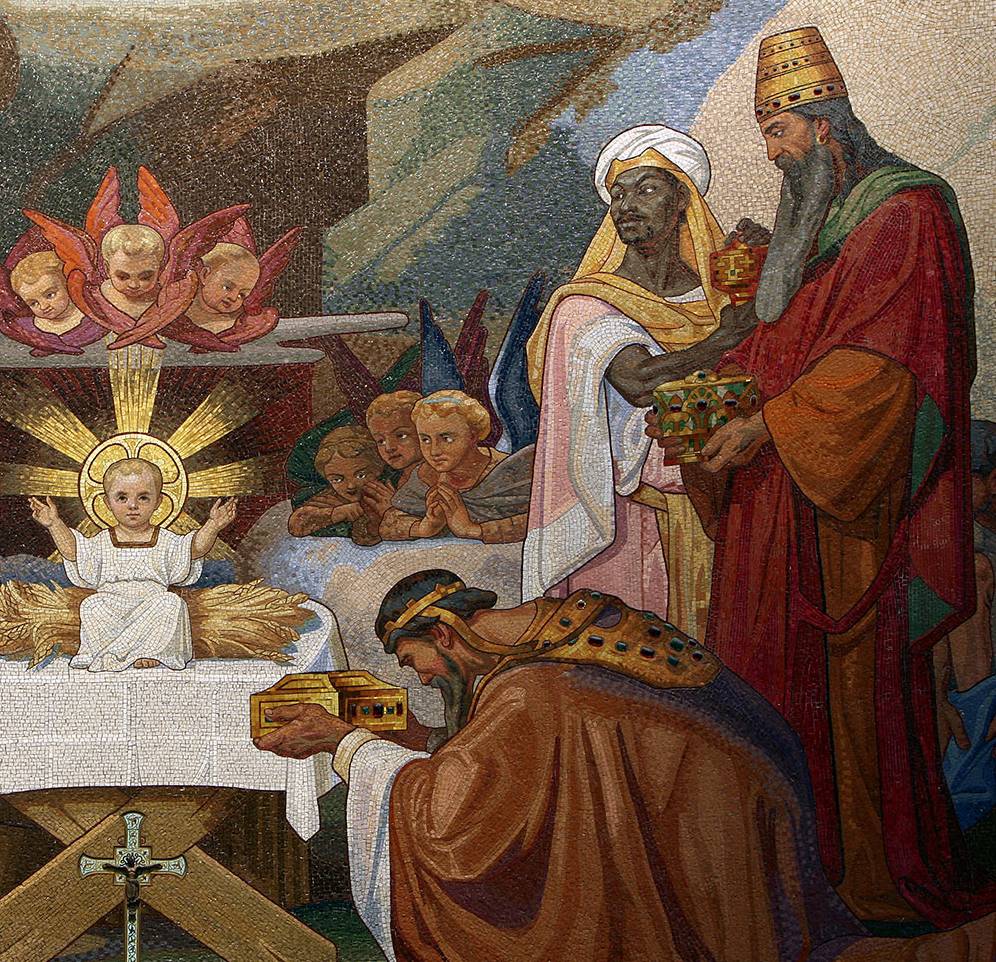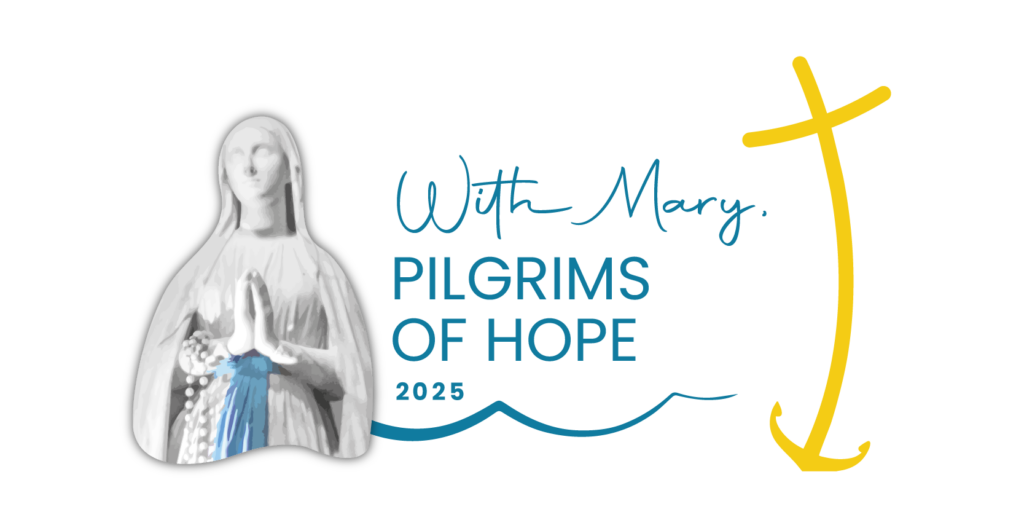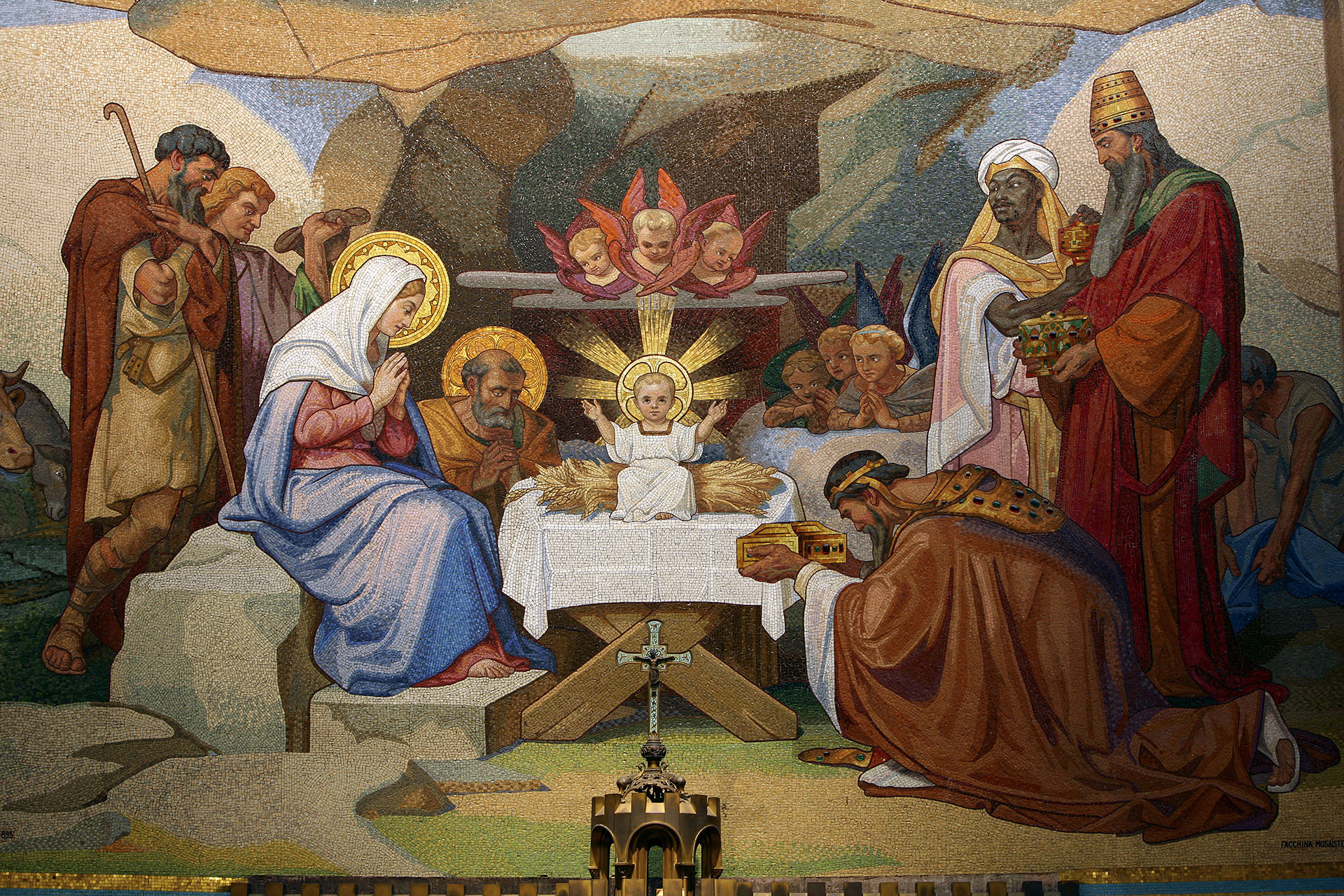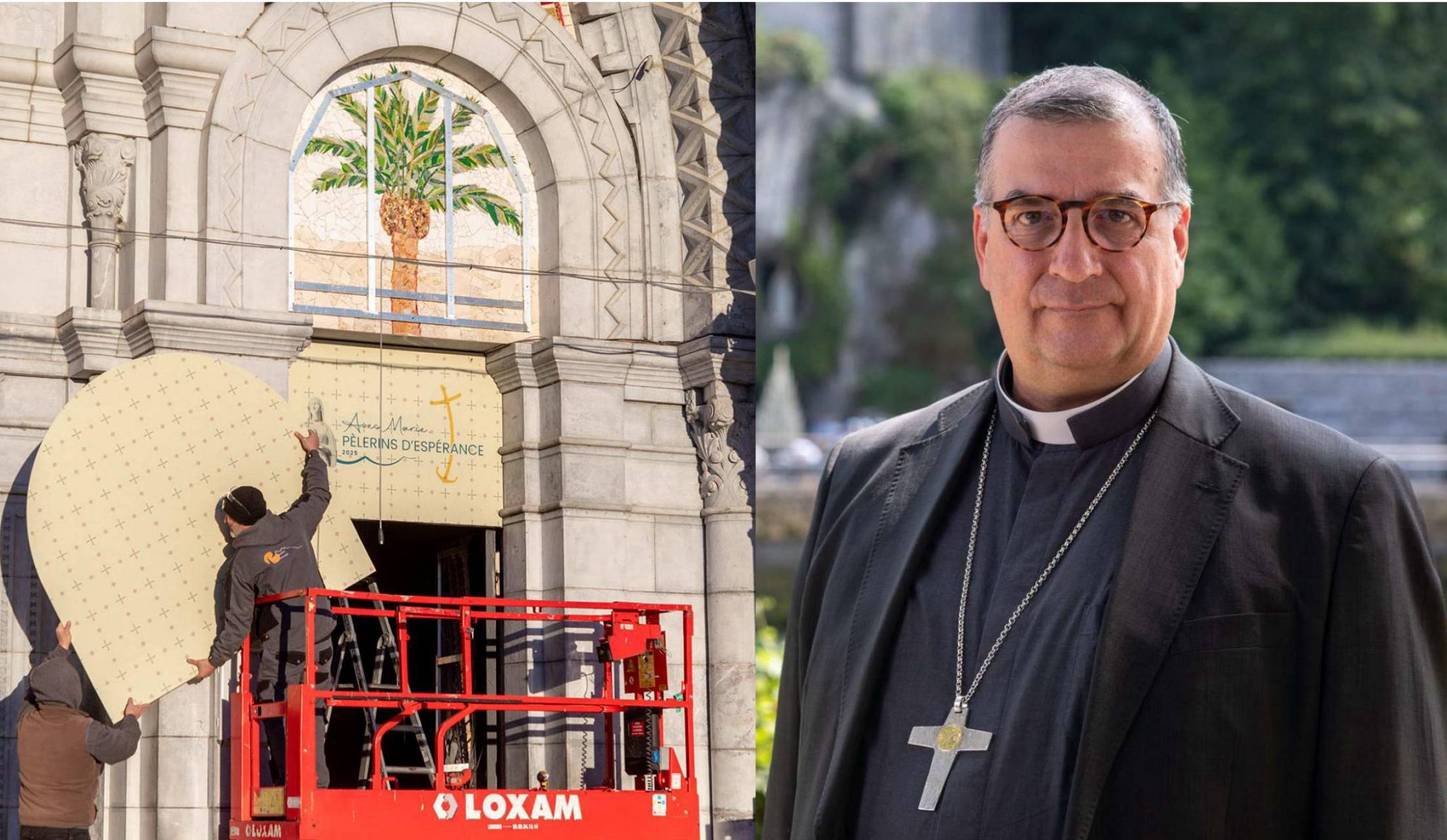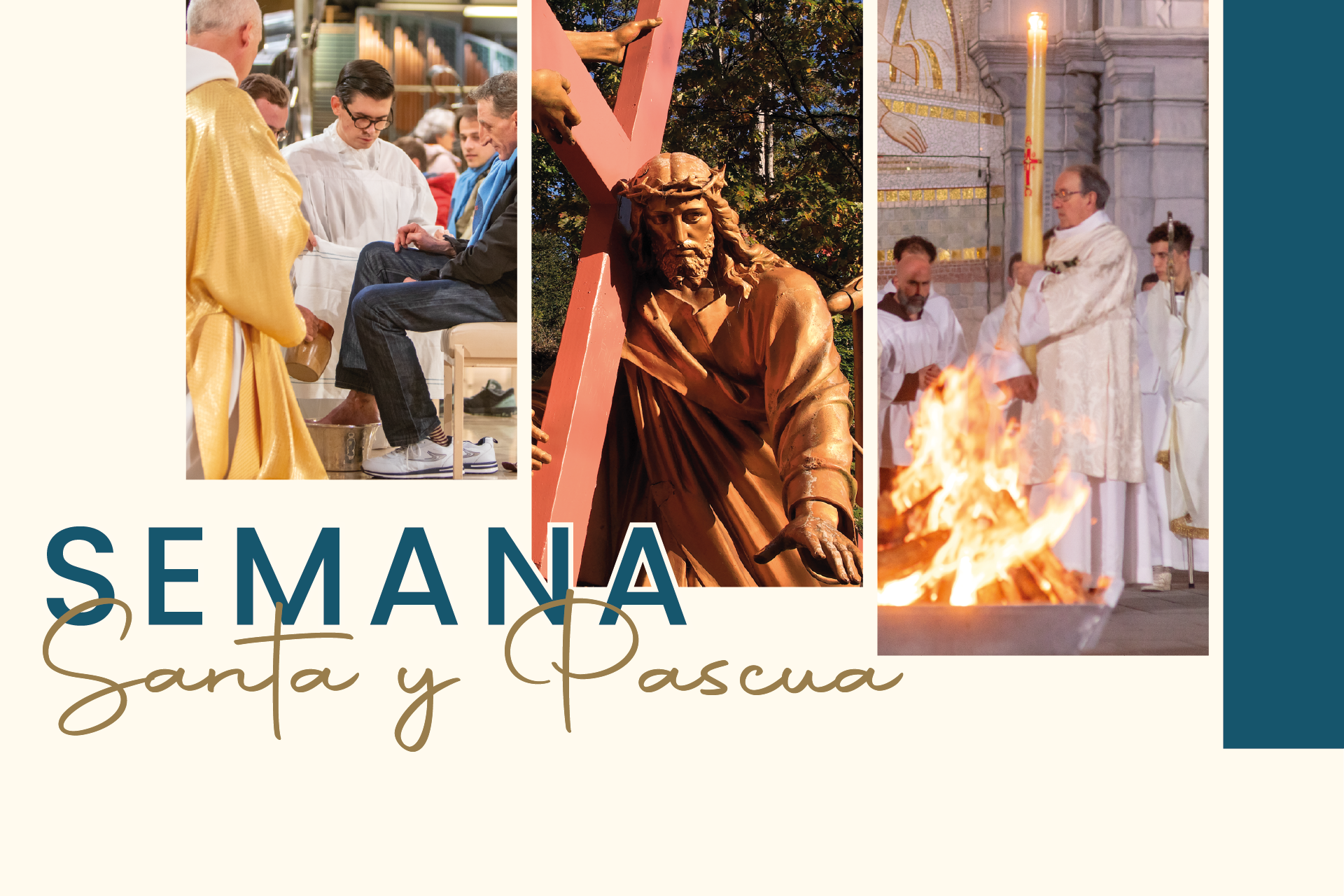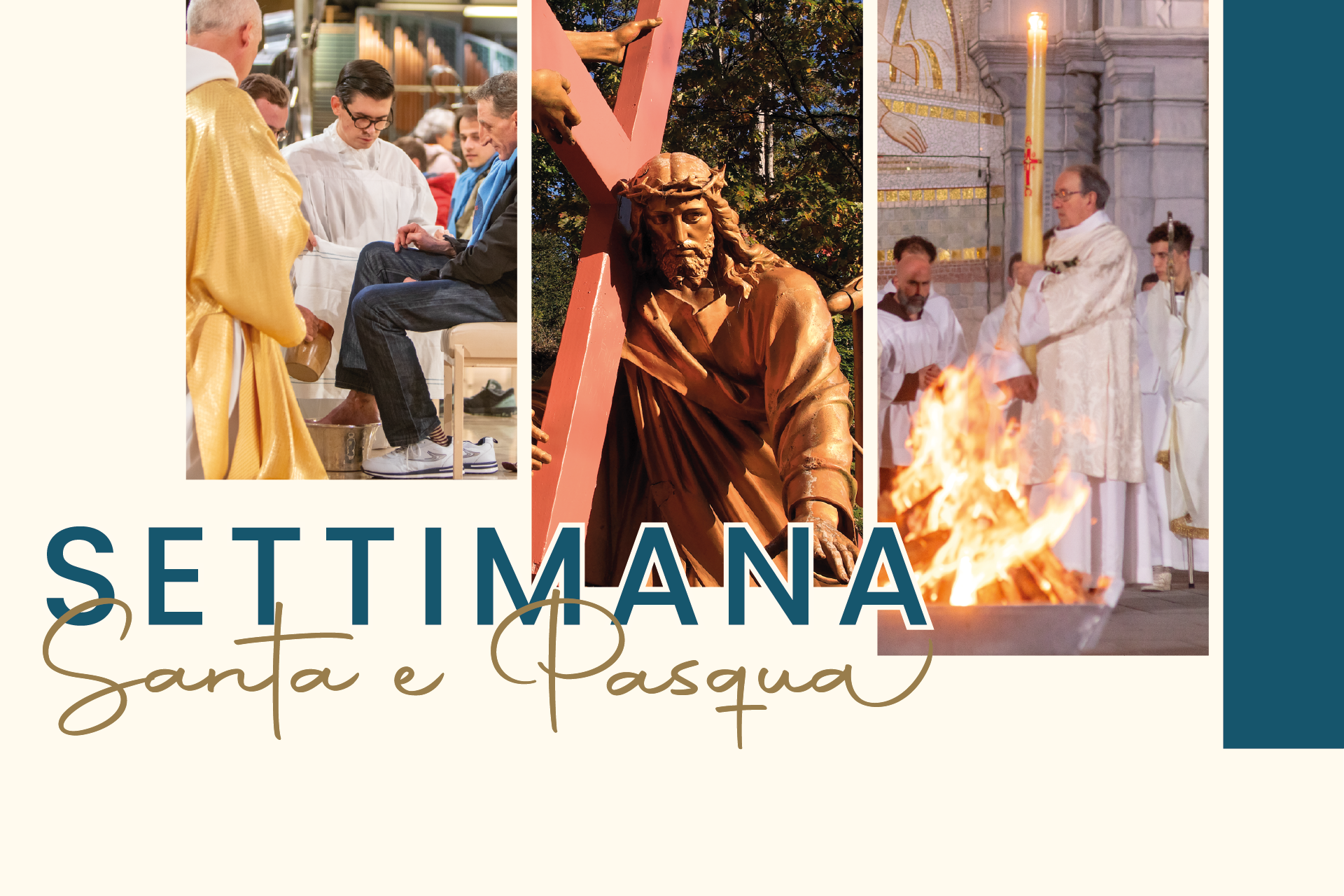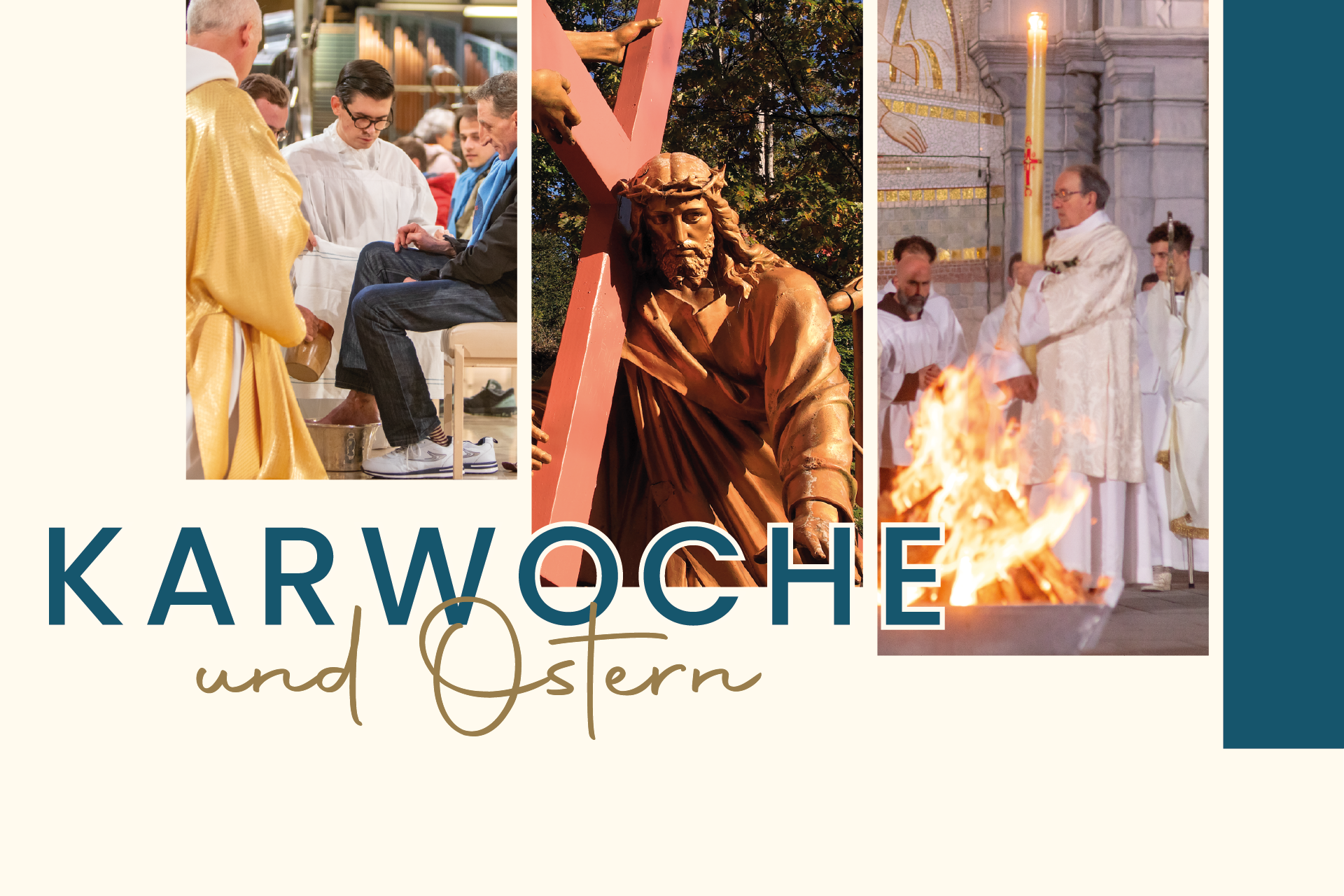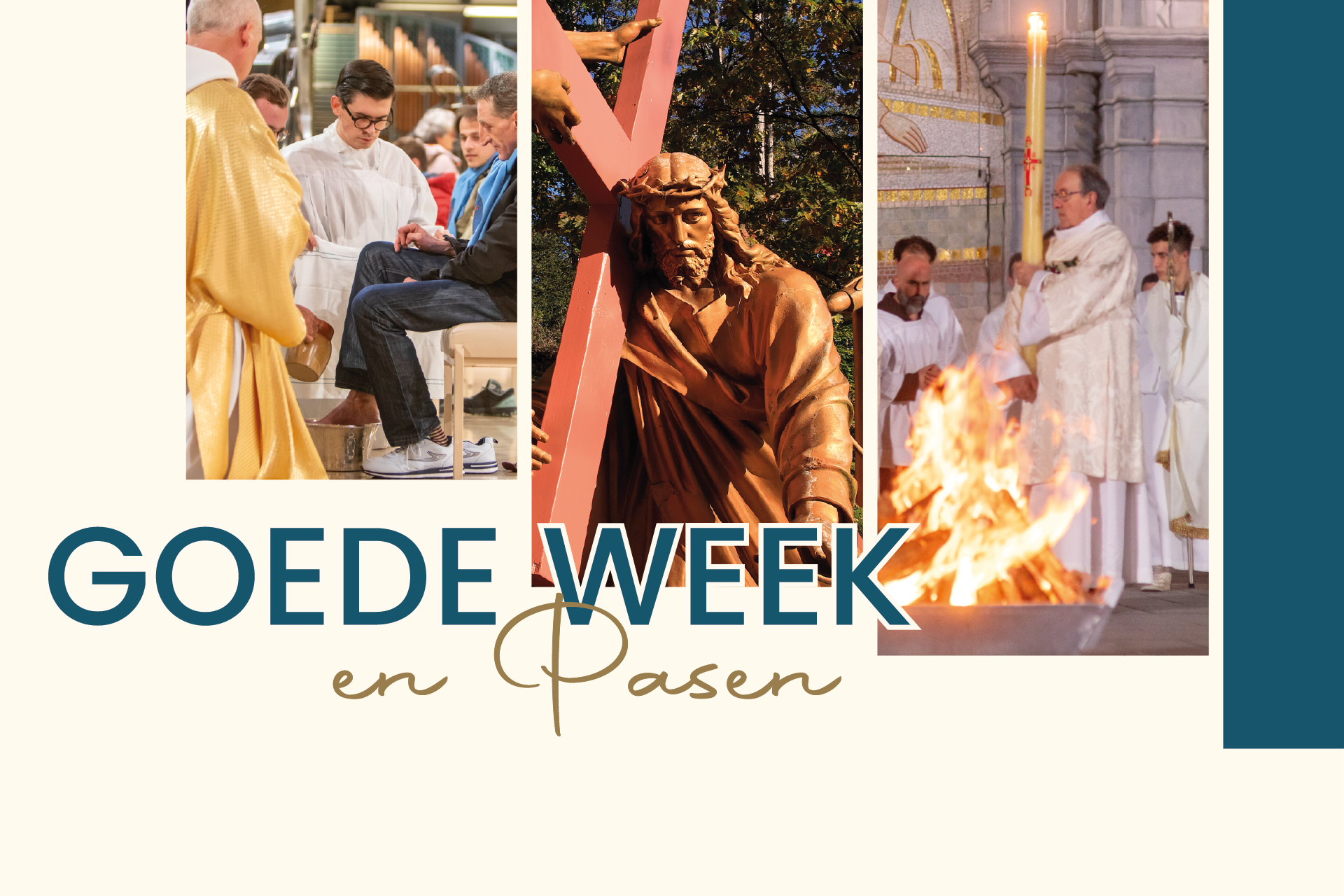The Epiphany celebrates the Magi’s coming to worship the Infant God. These visitors appear in an episode of the Gospel according to Matthew. Having learned of the birth of Jesus in Bethlehem, they come ‘from the East’, guided by a star, to pay homage to ‘the King of the Jews’ and bring him gifts of great symbolic wealth: gold, frankincense and myrrh.
What do we celebrate at the Epiphany?
Twelve days after Christmas, the Epiphany celebrates the visit of the Magi from the East to the infant Jesus. Today we know them as Gaspard, Melchior and Balthazar, as they were called by tradition in the 6th century, which perpetuated the idea that there were three of them, from different continents, and made them kings. In reality, the initial episode as recounted by Saint Matthew, the only evangelist to have described the Magi, is extremely obscure and, more importantly, has very little historical basis. The feast came from the East, where it was fixed on 6th January: a feast of lights, a feast of water, it is much more a celebration of the inauguration of Christ’s public ministry.
In the Latin liturgy, where this day is not a public holiday, it is celebrated on the Sunday closest to 6th January, so that as many of the faithful as possible can commemorate it.
Programme for celebrating the Epiphany in Lourdes
Sunday 5th January
10.00am: Mass at the Grotto broadcast live by TV Lourdes
2.00pm: In Bernadette’s footsteps
3.00pm: Rosary at the Grotto
8.30pm: Rosary by torchlight at the Grotto
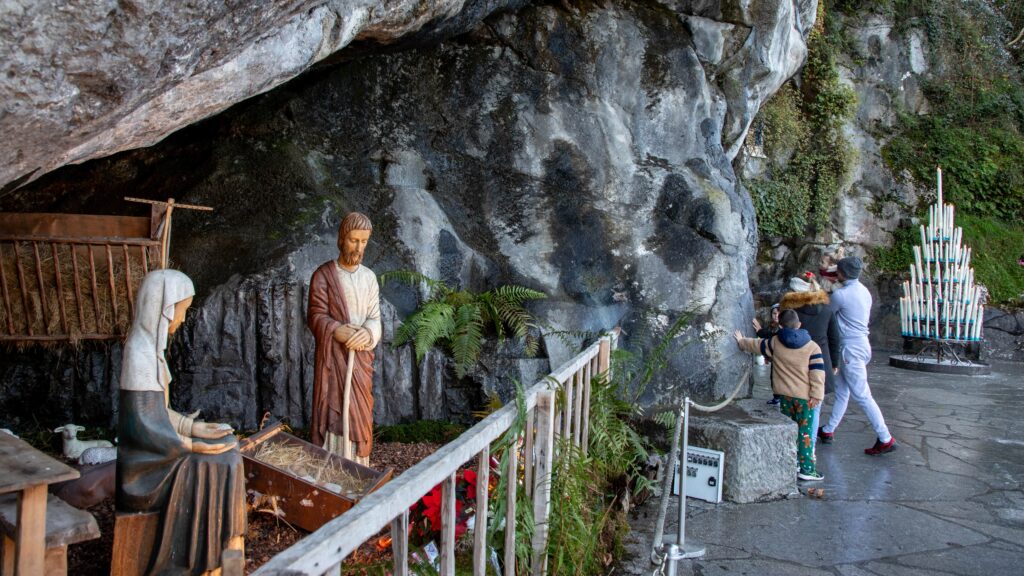
Epiphany: a star for hope

The encounter of the pagan wise men with the Saviour is the first step in the great silent revolution of a Love without borders, open to every human being. The star that guides them is the one that needs to shine in each of our lives, in each of our communities. So that we may become ‘bearers of hope’, missionaries who boldly go forward… without ever stopping.
Let us become these bearers of hope and prostrate ourselves before this Infant God. On 25th March 1858, at Lourdes, Mary declared, ‘I am the Immaculate Conception’, the same day that she had been told by the Angel of the coming of this child…
Gold, myrrh and frankincense: what do the gifts brought by the Magi mean?
‘Here is gold: this is a king’, wrote Saint Gregory the Great in a homily on the Epiphany, before continuing, ‘Here is incense: this is a God; here is myrrh: this is a mortal.’
All the great spiritual traditions of antiquity linked gold to the divine. As an attribute of the divine, the incense of the Magi hailed the newborn baby in the humble manger as a God, despite the misleading appearances. Like incense, myrrh was sought after by ancient civilisations for its fragrance. Used to embalm the dead, it was used to prepare the mortal remains of Christ, as the Gospel according to Saint John tells us.
